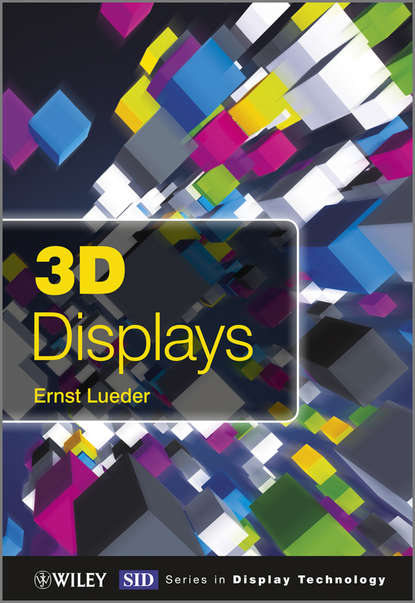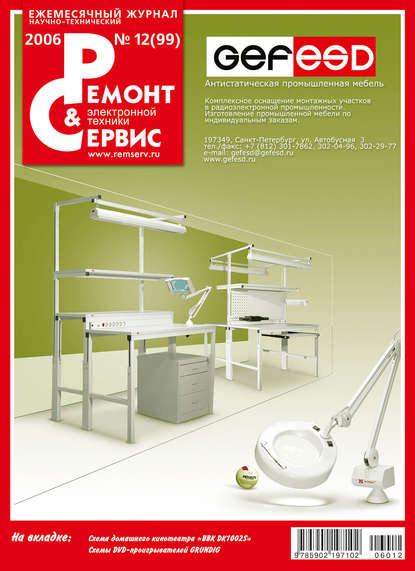Книга "3D Displays" предназначена для электротехников, физиков, дизайнеров плоских дисплеев (FDP), студентов и ученых из других областей, интересующихся пониманием различных технологий 3D. В книге представлено своевременное руководство по состоянию развития технологий 3D-дисплеев, готовых к коммерциализации, а также будущих технологий. После представления физиологии восприятия 3D книга переходит к подробному обсуждению пяти технологий 3D: стереоскопические и автостереоскопические дисплеи; интегральная имиджинг; голография и объемные дисплеи. В книге рассматриваются следующие аспекты: введение пространственного и временного мультиплекса для двух изображений, необходимых для стереоскопических и автостереоскопических дисплеев; описание доминирующих компонентов, таких как ретардеры для стереоскопических дисплеев, а также фиксированные и настраиваемые линзы и барьеры параллакса для автостереоскопических дисплеев; рассмотрение высокой скорости, необходимой для 240 Гц, обеспечиваемой параллельной адресацией и недавно предложенной интерливной обработкой изображений; объяснение интегральной имиджинг, настоящей 3D-системы, основанной на известных линзах, которая исследуется до уровня 3D-видеопроектора с использованием реальных и виртуальных изображений; упрощение понимания голографического 3D с помощью фазоров, известных из электротехники и оптики, ведущих до цифровых компьютерных голограмм; показывает, что объемные дисплеи ограничены количеством слоев FPD; и представляет алгоритмы, происходящие из информатики, для оценки качества 3D-изображения и для экономии пропускной способности при передаче 3D-телевизионных сигналов. Общество по информационным дисплеям (SID) является международным обществом, целью которого является поощрение развития всех аспектов области информационных дисплеев. Дополняя цели общества, серия Wiley-SID предназначена для объяснения последних достижений в технологии информационных дисплеев на профессиональном уровне. Широкий спектр серии охватывает все аспекты информационных дисплеев, начиная от технических аспектов, через системы и прототипы до стандартов и эргономики.
This book is written for both electrical technicians and physicists to make it easy for them to understand the many new 3-D display techniques. It helps out scientists outside the information technology field and helps students who could use such knowledge. Common development procedures for commercial 3-d display devices are presented to help make sense of current industry development trends.
Электронная Книга «3D Displays» написана автором Ernst Lueder в году.
Минимальный возраст читателя: 0
Язык: Английский
ISBN: 9781119962755
Описание книги от Ernst Lueder
This book addresses electrical engineers, physicists, designers of flat panel displays (FDPs), students and also scientists from other disciplines interested in understanding the various 3D technologies. A timely guide is provided to the present status of development in 3D display technologies, ready to be commercialized as well as to future technologies. Having presented the physiology of 3D perception, the book progresses to a detailed discussion of the five 3D technologies: stereoscopic and autostereoscopic displays; integral imaging; holography and volumetric displays, and: Introduces spatial and temporal multiplex for the two views needed for stereoscopic and autostereoscopic displays; Outlines dominant components such as retarders for stereoscopic displays, and fixed as well as adjustable lenticular lenses and parallax barriers for auto- stereoscopic displays; Examines the high speed required for 240 Hz frames provided by parallel addressing and the recently proposed interleaved image processing; Explains integral imaging, a true 3D system, based on the known lenticulars which is explored up to the level of a 3D video projector using real and virtual images; Renders holographic 3D easier to understand by using phasors known from electrical engineering and optics leading up to digital computer generated holograms; Shows volumetric displays to be limited by the number of stacked FPDs; and, Presents algorithms stemming from computer science to assess 3D image quality and to allow for bandwidth saving transmission of 3D TV signals. The Society for Information Display (SID) is an international society, which has the aim of encouraging the development of all aspects of the field of information display. Complementary to the aims of the society, the Wiley-SID series is intended to explain the latest developments in information display technology at a professional level. The broad scope of the series addresses all facets of information displays from technical aspects through systems and prototypes to standards and ergonomics



















